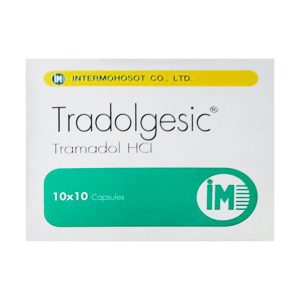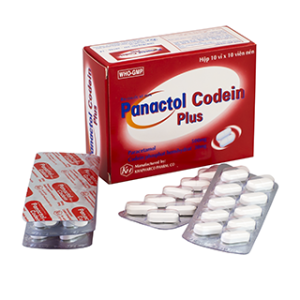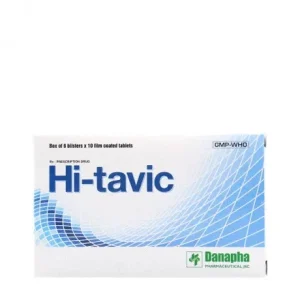We deliver to you every day from 7:00 to 23:00
The best discounts this week
Every week you can find the best discounts here.
What’s the Best Pain Relief for Back Spasms?
Back spasms are painful, sudden contractions of muscles in the lower back, and they can range from mild discomfort to severe, disabling pain. If you’re dealing with a back spasm, finding effective pain relief is crucial for resuming daily activities. In this article, we’ll discuss the best methods for relieving back spasms, including both immediate treatments and long-term solutions.
Understanding Back Spasms
Back spasms can happen for a variety of reasons, from poor posture to muscle strain or even stress. Typically, they occur when muscles tighten involuntarily, often due to overexertion, lifting heavy objects improperly, or sudden movements.
The pain from a spasm can vary in intensity, and it might be accompanied by stiffness or limited mobility. If left untreated, back spasms can worsen, leading to chronic pain.
For more detailed information on back pain, check out this article on managing back pain.
Immediate Relief for Back Spasms
When experiencing a back spasm, it’s essential to address the pain right away. There are several methods you can use to find relief:
1. Rest and Relaxation
One of the first things to do when you feel a spasm is to give your body some rest. This means lying down on a firm surface to help your muscles relax. Avoid any strenuous activity, but don’t stay immobile for too long as complete inactivity can make the muscles stiffen more.
2. Heat and Cold Therapy
-
Cold Therapy: Applying a cold pack to the affected area for the first 48 hours can help reduce inflammation. Cold compresses numb the area, providing instant relief from pain.
-
Heat Therapy: After the initial 48 hours, switch to heat therapy. A warm compress or heating pad can help increase blood flow and relax the muscles, easing pain and stiffness.

Over-the-Counter Medications
For more significant pain relief, over-the-counter medications can be effective in managing back spasms. Some of the most commonly used medications include:
-
Nonsteroidal Anti-Inflammatory Drugs (NSAIDs): These include ibuprofen (Advil) and naproxen (Aleve). NSAIDs help reduce inflammation and pain, providing significant relief for back spasms.
-
Acetaminophen (Tylenol): This is a pain reliever that can help alleviate discomfort from mild back spasms. However, it doesn’t address inflammation, so it’s less effective for severe pain.
-
Topical Creams: There are creams and gels available that contain menthol or capsaicin, which can be applied directly to the painful area to provide a soothing sensation and reduce pain.
It’s important to read the labels of any medication and follow the recommended dosage instructions to avoid side effects. You can find out more about managing back pain with over-the-counter drugs by checking out this guide to pain relief medications.
Physical Therapy and Stretching Exercises
If your back spasms are frequent or severe, incorporating physical therapy and stretching exercises can help prevent future occurrences. A physical therapist can provide you with a customized plan to improve your posture, strength, and flexibility.
Recommended Exercises for Back Spasms
-
Gentle Stretches: Stretching the lower back can relieve tightness and prevent spasms. Try gentle movements like the knee-to-chest stretch or cat-cow stretch.
-
Strengthening Exercises: Strengthening the muscles around the spine provides better support and reduces the likelihood of spasms. Exercises such as bridges, planks, and supermans can help build core stability.
-
Foam Rolling: Foam rolling is an effective way to release tight muscles and improve flexibility. You can use a foam roller on your lower back or other affected areas for relief.

It’s important to consult with a physical therapist before starting any new exercise routine to ensure proper form and avoid injury.
Prescription Medications for Severe Back Spasms
If over-the-counter treatments don’t work, your doctor may prescribe stronger medications. These include:
-
Muscle Relaxants: Drugs like cyclobenzaprine (Flexeril) or methocarbamol (Robaxin) are often prescribed to relax muscles and reduce spasms.
-
Corticosteroids: For inflammation that doesn’t respond to other treatments, corticosteroids may be prescribed. They help reduce inflammation and alleviate severe pain.
These medications are typically prescribed for short-term use and should be taken under the guidance of a healthcare professional.
Preventing Future Back Spasms
The key to managing back spasms long-term is to focus on prevention. Here are some tips to help you avoid future episodes:
1. Proper Lifting Techniques
Using proper lifting techniques can prevent strain on your lower back muscles. Always bend your knees, not your back, and keep heavy objects close to your body.
2. Regular Exercise
Staying active and maintaining a healthy weight helps keep your back muscles strong and flexible, reducing the risk of spasms. Incorporate both strengthening and stretching exercises into your routine.
3. Ergonomics and Posture
Pay attention to your posture, especially if you’re sitting for long periods. Use ergonomic furniture to support your spine, and take frequent breaks to stretch and move around.
When to See a Doctor
While most back spasms can be managed with at-home treatments, some situations require professional attention:
-
If the pain lasts longer than a week or worsens despite self-care measures.
-
If you experience numbness, tingling, or weakness in your legs.
-
If the pain is accompanied by other symptoms such as fever or unexplained weight loss.
A doctor can help determine the underlying cause of your spasms and recommend a treatment plan tailored to your needs.
Frequently Asked Questions
1. Can back spasms be a sign of something serious?
While most back spasms are caused by muscle strain or poor posture, they can sometimes be linked to more serious conditions, such as a herniated disc or spinal issues. If you experience severe or persistent pain, it’s essential to consult a doctor.
2. Can I exercise with a back spasm?
It’s essential to avoid intense physical activity while experiencing a spasm, but gentle stretching and mobility exercises can be beneficial. Always consult a healthcare professional to ensure you’re doing exercises that won’t aggravate the condition.
3. How long do back spasms last?
Back spasms typically last anywhere from a few minutes to a few days. If the pain continues for more than a week, or if it worsens, it’s time to see a doctor.
Conclusion
Back spasms can be incredibly painful, but with the right treatment, relief is achievable. Whether it’s through heat and cold therapy, over-the-counter medications, or physical therapy, there are many ways to manage the pain and prevent future spasms. By incorporating proper posture, regular exercise, and correct lifting techniques, you can reduce the risk of experiencing back spasms again.
:max_bytes(150000):strip_icc()/VWH_Illustration_Coping-With-Back-Spasms_Illustrator_Katie-Kerpel_Final-fe96ccb9aa9a43aaa3a64c0b3fc49c0e.jpg)
For more tips on managing back pain, visit DUYTHIN.DIGITAL, where we provide the best automation tools for a variety of platforms, making life easier with smarter solutions.











